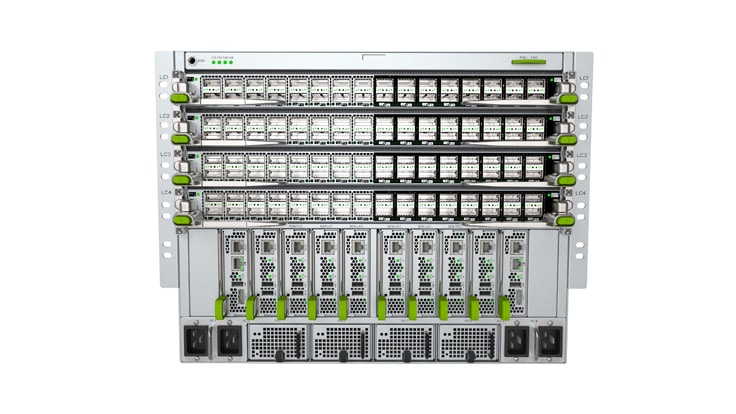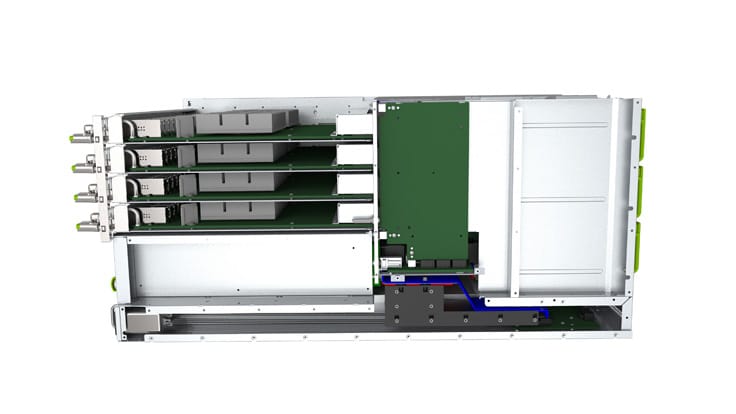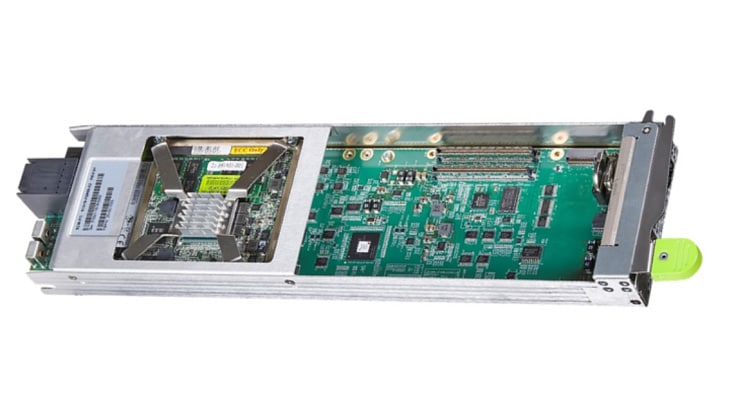 Facebook has announced the release of its second generation modular switch, Backpack. Replacing the previous switch, 6-pack, the new switch, along with the Wedge 100, is designed to help Facebook reach its goal of 100G data center. Backpack’s specification has been submitted to the Open Compute Project for review.
Facebook has announced the release of its second generation modular switch, Backpack. Replacing the previous switch, 6-pack, the new switch, along with the Wedge 100, is designed to help Facebook reach its goal of 100G data center. Backpack’s specification has been submitted to the Open Compute Project for review.
Facebook has announced the release of its second generation modular switch, Backpack. Replacing the previous switch, 6-pack, the new switch, along with the Wedge 100, is designed to help Facebook reach its goal of 100G data center. Backpack’s specification has been submitted to the Open Compute Project for review.

Facebook continues to develop and deliver new services such as Facebook Live, its marketplace, and its always improving messenger. In order to continue to deliver these services at fast speeds Facebook needs to continually improve its data center. Facebook is in the process of migrating its data center from 40G to 100G. This presents a handful of issues including the heat and powering issues relating to 100G ASIC chips. The Backpack’s modular design will aid in both increasing speeds while helping cool the switch.

The Backpack switch is made of building blocks, that Facebook calls switch elements. These switch elements clearly separate the data, control, and management planes. In order to provide better air flow and signal integrity, the Backpack uses an orthogonal direct chassis architecture. And its thermal design supports low-cost 55C optics.

For software, the Backpack uses a similar setup to the 6-pack, FBOSS and OpenBMC, Facebook’s open-source networking stack and baseboard management implementations. Though architecturally different, the new chassis is larger, Facebook was still able to use the no-supervisor model on the new switch. Facebook still uses the BGP routing protocol for the distribution of routes between the different line cards in the chassis. To that end, Facebook also uses its BGP monitoring infrastructure to log all route updates to their centralized in-memory data store, Scuba.
The Backpack is currently in production in Facebook’s data centers.
Sign up for the StorageReview newsletter
